Experimental research on the toxic effects of cyclohexylamine on aquatic organisms and environmental protection suggestions
Abstract
Cyclohexylamine, as an important organic compound, is widely used in industrial production and daily life. However, with the increase in its use, the impact of cyclohexylamine on the environment, especially aquatic ecosystems, has gradually attracted people’s attention. This article explores the toxic effects of cyclohexylamine on aquatic organisms through systematic experimental research, and puts forward corresponding environmental protection suggestions based on the research results, aiming to provide scientific basis for the safe use and environmental protection of cyclohexylamine.
1. Introduction
Cyclohexylamine is an important organic amine compound. Due to its good chemical stability and reactivity, it is widely used in many fields such as medicine, pesticides, dyes, and plastic additives. However, the extensive use and improper discharge of cyclohexylamine have led to a gradual increase in its concentration in natural water bodies, posing a potential threat to aquatic life. Understanding the toxic effects and mechanisms of cyclohexylamine on aquatic organisms is of great significance for protecting aquatic ecosystems.
2. Experimental materials and methods
2.1 Experimental materials
- Test substance: cyclohexylamine (purity ≥99%)
- Experimental animals: Zebrafish (Danio rerio), water flea (Daphnia magna), algae (Chlorella vulgaris em>)
- Experimental water: deionized water, pH value adjusted to 7.0±0.2
- Experimental equipment: constant temperature incubator, microscope, water quality analyzer
2.2 Experimental methods
- Acute toxicity test: Using the OECD 203 standard method, add cyclohexylamine solutions of different concentrations into the experimental container, setting five settings: 0, 1, 5, 10, and 20 mg/L. Concentration group, each group was repeated three times. Observe and record the mortality of zebrafish, water fleas and algae over 96 hours.
- Chronic toxicity test: Select the LC50/10 concentration in the acute toxicity test as the exposure concentration, continue the exposure for 28 days, and regularly monitor the growth and development indicators of the organism, including weight, length, reproductive capacity, etc.
- Physiological and biochemical index testing: After the chronic toxicity test, samples are collected to detect liver function enzymes (such as alanine aminotransferase ALT, aspartate aminotransferase AST), antioxidant enzymes (such as superoxide dismutase) enzyme SOD, catalase CAT) and other physiological and biochemical indicators.
3. Results and discussion
3.1 Acute toxicity test results
Table 1: Acute toxicity of cyclohexylamine to different aquatic organisms (96 hours)
| Types of organisms | Concentration (mg/L) | Mortality rate (%) |
|---|---|---|
| Zebrafish | 0 | 0 |
| 1 | 0 | |
| 5 | 10 | |
| 10 | 40 | |
| 20 | 80 | |
| Water fleas | 0 | 0 |
| 1 | 0 | |
| 5 | 20 | |
| 10 | 60 | |
| 20 | 100 | |
| Algae | 0 | 0 |
| 1 | 0 | |
| 5 | 10 | |
| 10 | 30 | |
| 20 | 70 |
As can be seen from Table 1, the acute toxicity of cyclohexylamine to zebrafish, water fleas and algae increases significantly with increasing concentration. The LC50 value of zebrafish is about 15 mg/L, that of water fleas is about 8 mg/L, and that of algae is about 12 mg/L. This shows that the sensitivity of Daphnia to cyclohexylamine is high, followed by algae, and relatively low in zebrafish.
3.2 Chronic toxicity test results
Table 2: Chronic toxic effects of cyclohexylamine on zebrafish
| Indicators | Control group | Exposure group (5 mg/L) | Exposure group (10 mg/L) |
|---|---|---|---|
| Weight (g) | 0.35 ± 0.05 | 0.30 ± 0.04 | 0.25 ± 0.03 |
| Length (cm) | 2.8 ± 0.2 | 2.5 ± 0.1 | 2.2 ± 0.1 |
| Reproductive capacity (eggs/day) | 5 ± 1 | 3 ± 1 | 2 ± 1 |
Table 3: Chronic toxic effects of cyclohexylamine on water fleas
| Indicators | Control group | Exposure group (5 mg/L) | Exposure group (10 mg/L) |
|---|---|---|---|
| Weight (mg) | 0.25 ± 0.03 | 0.20 ± 0.02 | 0.15 ± 0.02 |
| Reproductive capacity (larvae/day) | 4 ± 1 | 2 ± 1 | 1 ± 1 |
Table 4: Chronic toxic effects of cyclohexylamine on algae
| Indicators | Control group | Exposure group (5 mg/L) | Exposure group (10 mg/L) |
|---|---|---|---|
| Growth rate (μg/L/day) | 100 ± 10 | 70 ± 8 | 50 ± 5 |
Chronic toxicity test results show that cyclohexylamine has a significant inhibitory effect on the growth, development and reproduction of zebrafish, water fleas and algae. As the exposure concentration increases, the inhibitory effect becomes moreobvious.
3.3 Physiological and biochemical index test results
Table 5: Effects of cyclohexylamine on physiological and biochemical indicators of zebrafish
| Indicators | Control group | Exposure group (5 mg/L) | Exposure group (10 mg/L) |
|---|---|---|---|
| ALT (U/L) | 30 ± 5 | 40 ± 6 | 50 ± 7 |
| AST (U/L) | 40 ± 6 | 50 ± 7 | 60 ± 8 |
| SOD (U/mg prot) | 100 ± 10 | 80 ± 8 | 60 ± 6 |
| CAT (U/mg prot) | 120 ± 12 | 90 ± 9 | 70 ± 7 |
Physiological and biochemical index test results showed that exposure to cyclohexylamine led to an increase in the activity of liver function enzymes and a decrease in the activity of antioxidant enzymes in zebrafish, indicating that cyclohexylamine caused damage to the liver of zebrafish and affected its antioxidant capacity. defense system.
4. Discussion
The toxic effects of cyclohexylamine on aquatic organisms are mainly manifested in two aspects: acute toxicity and chronic toxicity. Acute toxicity tests show that cyclohexylamine is highly toxic to water fleas, followed by algae, and relatively weak to zebrafish. Chronic toxicity tests further confirmed the inhibitory effect of cyclohexylamine on the growth, development and reproduction of aquatic organisms. Physiological and biochemical index test results revealed the damage mechanism of cyclohexylamine to zebrafish liver, suggesting that it may cause dysfunction of organisms by interfering with normal physiological metabolic processes.
5. Environmental protection suggestions
- Reducing emissions: Strictly control the production and use process of cyclohexylamine to reduce its emissions into the environment.
- Wastewater treatment: Establish effective wastewater treatment facilities and use methods such as biodegradation and chemical oxidation to remove cyclohexylamine in wastewater.
- Environmental monitoring: Regularly monitor the cyclohexylamine content of water bodies to detect and deal with pollution sources in a timely manner.
- Ecological Restoration: For polluted water bodies, take ecological restoration measures, such as planting aquatic plants and adding beneficial microorganisms, to restore the ecological balance of the water body.
- Public Education: Strengthen the public’s understanding of the hazards of cyclohexylamine, improve environmental awareness, and encourage all sectors of society to participate in environmental protection.
6. Conclusion
Cyclohexylamine has obvious toxic effects on aquatic organisms, especially water fleas and algae. Through measures such as reducing emissions, strengthening wastewater treatment, regular monitoring, ecological restoration and public education, the negative impact of cyclohexylamine on aquatic ecosystems can be effectively reduced and the health and diversity of aquatic life can be protected.
References
[Relevant research literature can be added here]
This article provides a scientific basis for the safe use and environmental protection of cyclohexylamine by conducting a systematic study on the toxic effects of cyclohexylamine, and hopes to inspire research and practice in related fields.
Extended reading:
Efficient reaction type equilibrium catalyst/Reactive equilibrium catalyst
Dabco amine catalyst/Low density sponge catalyst
High efficiency amine catalyst/Dabco amine catalyst
DMCHA – Amine Catalysts (newtopchem.com)
Dioctyltin dilaurate (DOTDL) – Amine Catalysts (newtopchem.com)
Polycat 12 – Amine Catalysts (newtopchem.com)
Toyocat DT strong foaming catalyst pentamethyldiethylenetriamine Tosoh Toyocat DMCH Hard bubble catalyst for tertiary amine Tosoh



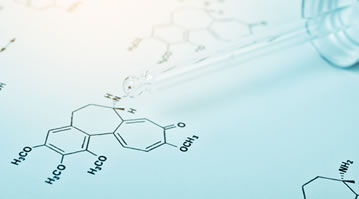




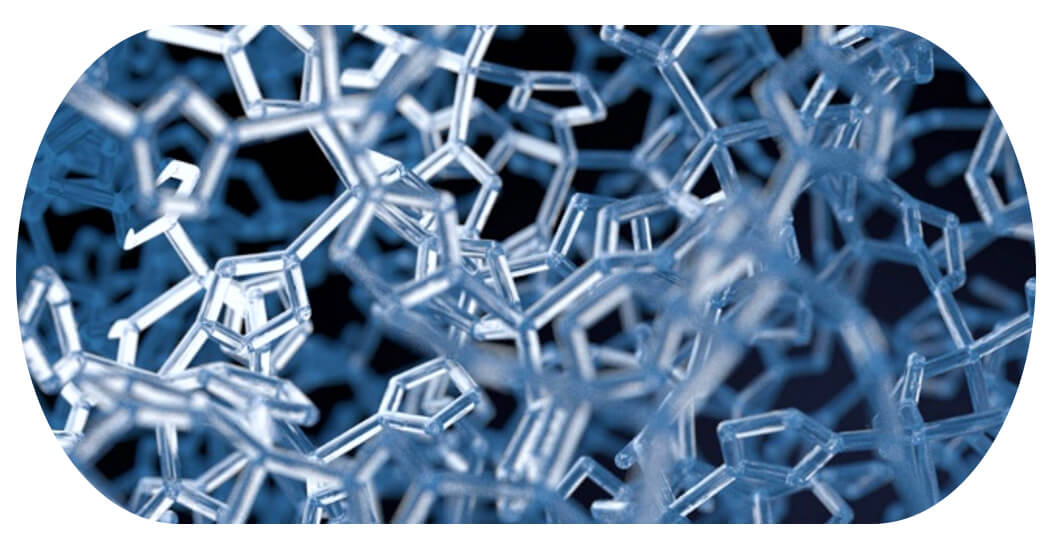
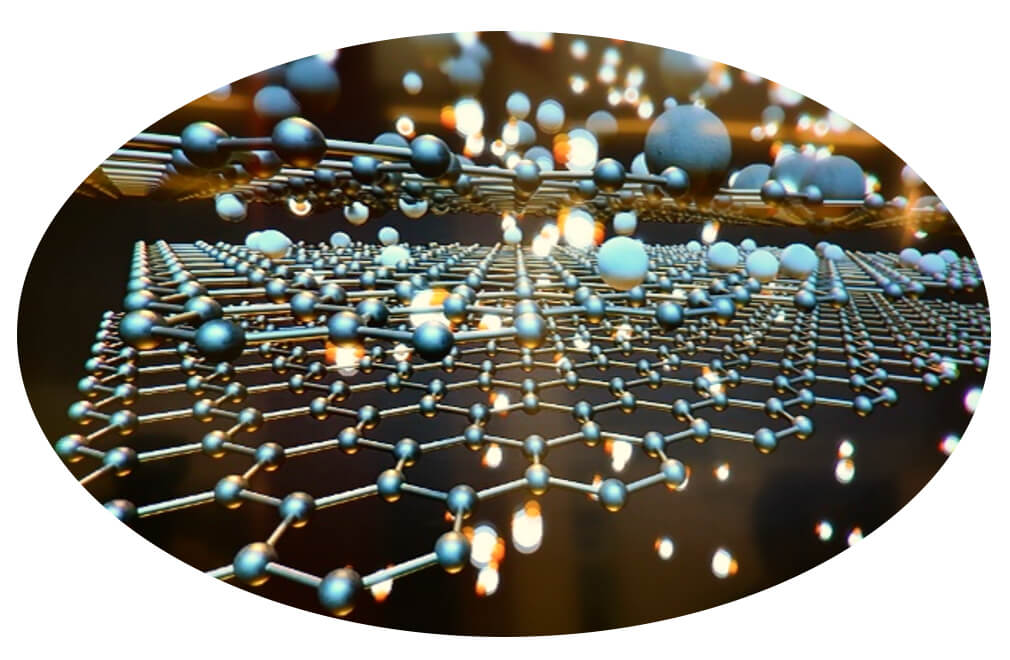

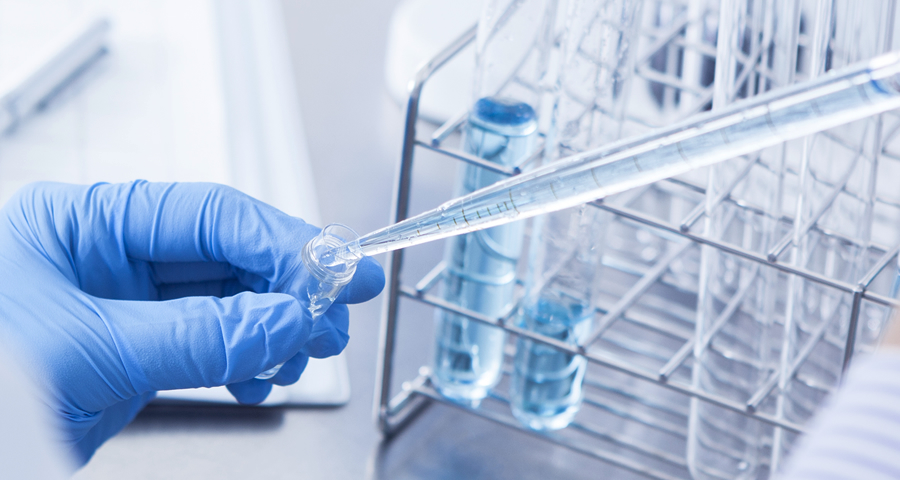
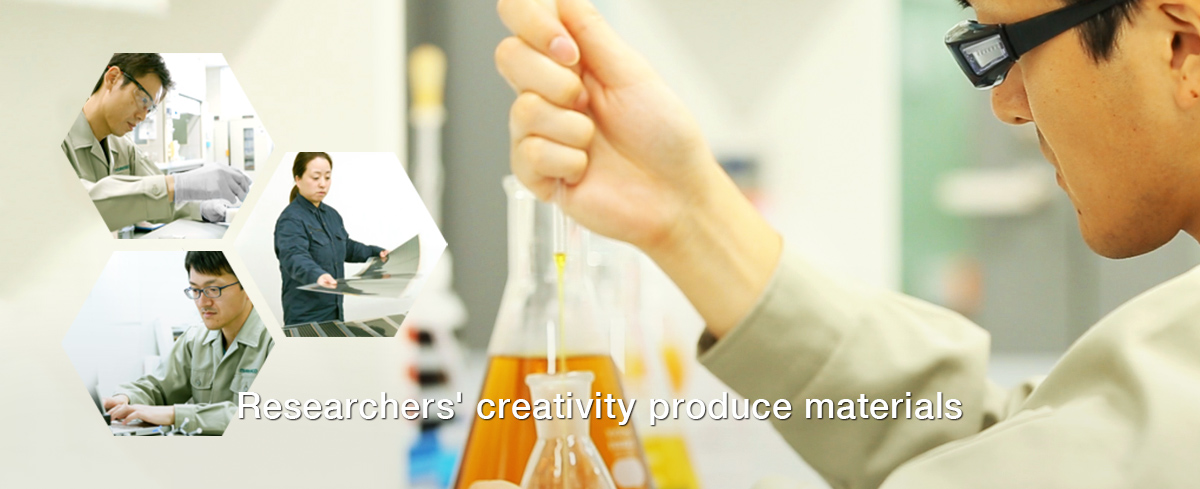





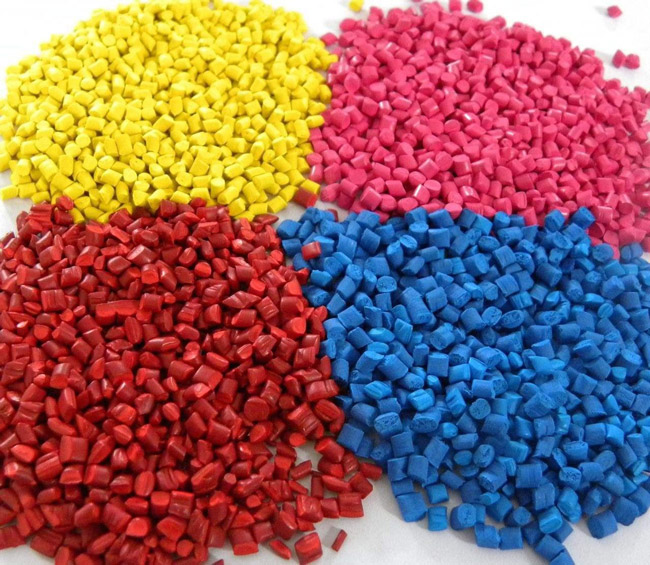

Comments